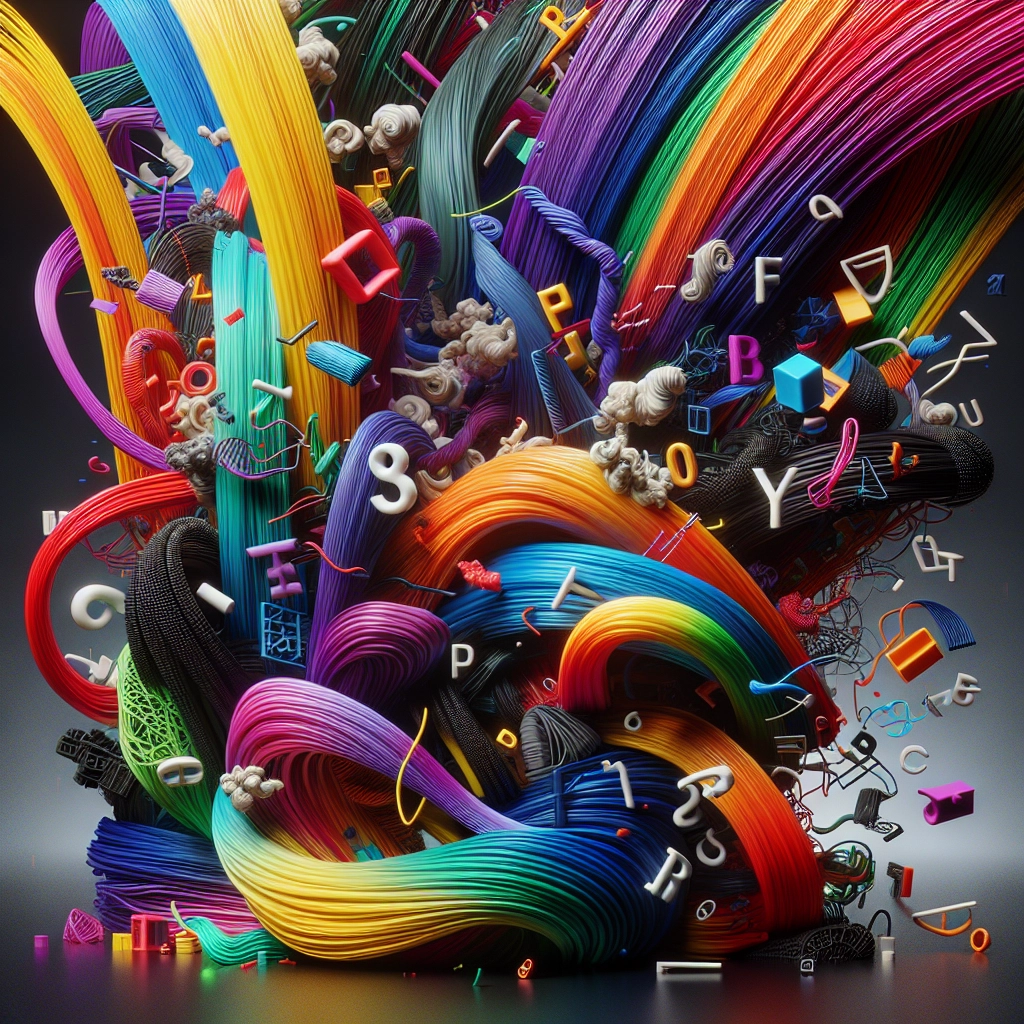Getting Creative with Color: Mixing 3D Filaments
If you’re diving into the world of 3D printing, you’re probably familiar with the magic of creating tangible objects from scratch. But have you ever thought about taking it a step further by mixing different filaments to create unique colors and textures? This guide will walk you through the exciting journey of mixing 3D filaments—a fun and creative way to add your personal touch to printed projects!
Why Mix Filaments?
When you mix filaments, you open up a whole new realm of possibilities. Imagine being able to create a stunning gradient vase that transitions from deep blue to bright green, or a model with marbled patterns that make it look as if it was crafted from rare stone. By blending colors and materials, you can:
- Enhance Aesthetic Appeal: Stand out from the crowd with vibrant, custom designs.
- Experiment with Properties: Different materials have different strengths and flexibility. Mixing can lead to innovative solutions for specific needs—like printing parts that require both stiffness and flexibility.
- Reduce Waste: If you have leftover filament from previous projects, mixing them can help you use up those scraps creatively.
Choosing the Right Filaments
Before you throw your leftover filaments together like a wild artist, consider the types of materials you’re working with. Not all filaments play nicely together. A few popular ones include:
- PLA (Polylactic Acid): The go-to for most beginners due to its easy handling and reliability. It also comes in a rainbow of colors!
- PETG (Polyethylene Terephthalate Glycol): Known for its strength and durability, PETG can be a fantastic option for functional parts.
- ABS (Acrylonitrile Butadiene Styrene): While a bit tricky to print with due to warping, ABS can be mixed with other filaments for unique blends and finishes.
Techniques for Mixing Filaments
There are several ways to combine your filaments, each offering its own unique results. Here are some fun methods to try:
-
Layering: One of the simplest ways to blend colors is to layer different filaments in the same print job. This involves switching filaments manually mid-print or using a multi-extruder setup to alternate layers. The result? A stunning gradient look!
-
Marbling: To achieve a marbled effect, use a dual or multi-nozzle 3D printer. By loading different filaments into each nozzle and allowing the extrusion to blend a bit, you can create beautiful swirls and patterns as the filaments mix during printing.
-
Filament Mixing: For those with a bit of technical know-how, you can physically combine two different filaments before printing. Using a filament mixer, you can create a composite filament that embodies the best qualities of both materials. This will require a little extra prep work and careful temperature management, but the results can be stunning!
-
Painting Post-Print: Sometimes mixing filaments can create challenges—so why not tackle color creatively after the print is finished? Painting your finished product allows you to design without technical setups. Use spray paint, acrylics, or even special 3D printing paints to achieve your envisioned finish.
Tips for Successful Mixing
As with any new project, there are a few guidelines to keep in mind:
-
Temperature Management: Different filaments have varied extrusion temperatures. Pay attention to the temperature settings of the filaments you’re mixing to prevent clogs or poorly-extruded prints.
-
Test Samples: Always print test samples before committing to a full-sized design. This will help you adjust temperatures and print speeds specifically for your mixture.
-
Keep It Consistent: When mixing colors, try to use similar materials to ensure uniform melting and adhesion—this will make your prints stronger and visually pleasing.
-
Embrace the Unexpected: Sometimes, the best results come from embracing the unexpected. When you mix filaments, you’re not just following a recipe—you’re creating art. So be open to joyful surprises!
As you explore the colorful world of filament mixing, remember that the most important thing is to have fun and experiment. Your printer is the canvas, and the filaments are your palette. From subtle gradients to bold two-tone objects, the possibilities are limitless. So grab your spools, get those creative juices flowing, and let your imagination guide you as you print your next masterpiece!

